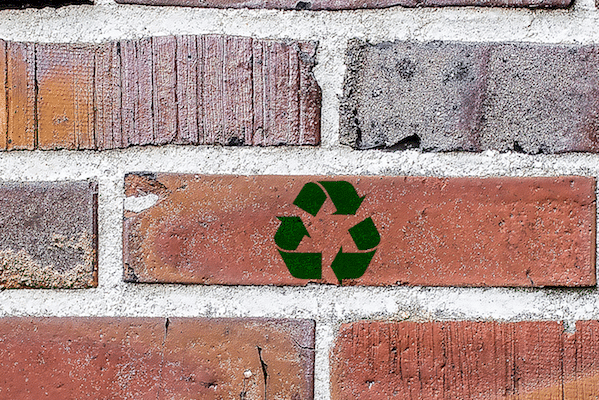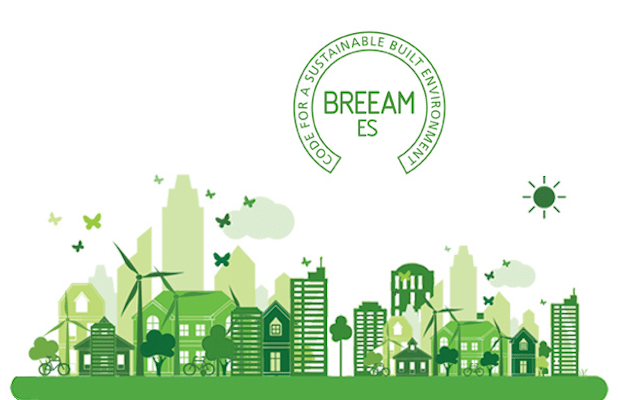The construction sector is much more regulated than it might appear. In addition to the Technical Building Code (CTE), which we have already referred to on several occasions, there is a wide range of regulations and certifications that seek the welfare, greater enjoyment and safety of those who live in the houses. The Environmental Product Declaration (EDP) is one of these standards.
In fact, the EDP falls within the series of international standards ISO 14020, where three different types of eco-labels appear. Type I refers to those that meet certain requirements linked to the life cycle of the product. Type II, differs from the previous one that they are self-declarations, that is to say, there is no certification by third parties.
EDP, on the other hand, is what is known as Type III ecolabel and serves to offer the consumer all the necessary information about the products, in order to know whether they are or not respectful with the environment. This information has not only to be reliable and transparent, but also verified.

From beginning to end
In order to determine this eco-label, a series of aspects are necessary according to the impact they have, such as global warming or reduction of ozone layer; as well as the waste generated.
How are these assessments made? Through what has been called the Life Cycle Assessment (LCA),based on international standards and takes into account different resources and impacts throughout the product’s life, from raw materials extraction to manufacture and until disposal or recycling. In other words, special attention is paid to the processes that takes place during the life cycle of the product, this is, from the extraction of raw materials and their production to distribution, use and maintenance, and end of life.
The first phase of the LCA is an inventory of inputs (raw materials and energy) and outputs (emissions, residues and by-products) of the product system. The second stage of this process involves evaluating the environmental impacts associated with identified inputs and releases, to end up interpreting the results of the previous phases.
If we take a look at specific materials, the safe bet is related to wood, natural or vegetal fibers or varnishes and natural paints. The reason is simple: as renewed or recycled materials of the biosphere, they have a very low level of industrial processing. On the other side are ceramic products such as bricks that need a big amount of natural gas in the drying process, this can be reduced using lightened clay or calcium-silicate bricks.
Behavior of a building
The commitment of the construction sector regarding this problem is such that, taking advantage of all these methods and regulations, we have worked on a standard, called ‘Sustainability of construction works’ (developed by the Technical Committee 350 of the European Committee for Standardization (CEN/TC350), through which is possible to evaluate the environmental performance of a building. It is to implement to the whole building the same criteria as with materials, from manufacture, construction, use and final disposal.
The application of these criteria brings many benefits, since thanks to the conclusions drawn it is possible to improve the environmental impacts, planning much better eco-efficiency strategies in the building.
Getting to know the environmental performance of a building, helps both betting on sustainability from the beginning, with an ecologic design perspective, and after with housings that have never had that opportunity and are now facing eco-rehabilitation.






Leave A Comment